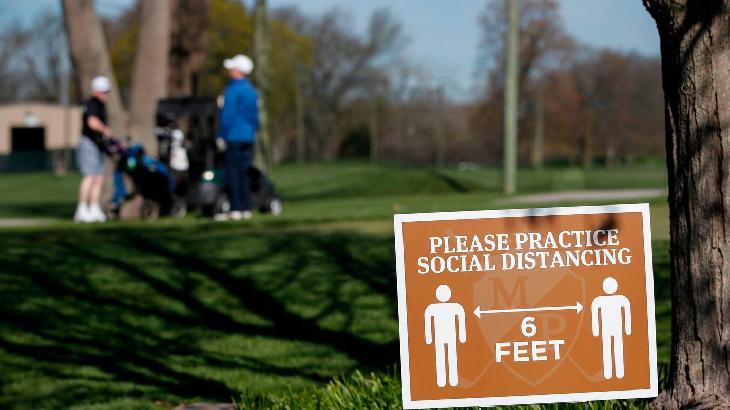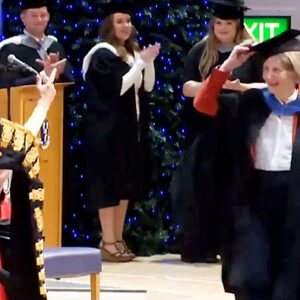
Golf fanatics, the everyday enthusiasts who happily throw on their playing garb and have little trouble finding a reason, or excuse, to step onto the hallowed greens, will need to come to grips with a new image that depicts their game.
Although a number of courses are back to business and eager to see members play a round or two, the COVID-19 pandemic remains a prolonged problem. Regular players will question their prudence when deciding to book a reservation and the game itself will be organized in a contrasting manner to what was the pre-pandemic custom.
Jonathan Weiss, a New York resident with a strong passion for golf, discusses the impact that COVID-19 presents for the men and women who typically tee off on a daily basis.
Internal Indecision
Golf is generally a fine source of rest, relaxation, and stress relief, unless of course your swing is letting you down and the balls are straying. With the re-opening of several courses and people rushing to schedule their rounds, many might wonder whether or not it is wise to visit so soon, Jonathan Weiss says. Large gatherings are still prohibited and while the clubs will do their utmost to ensure that social distancing guidelines are respected, it could be a task too tall. After months off from a game that they adore, there are certain to be crowds of people swarming into a country club. Unquestionably, that will make plenty of players rather reluctant to hit the links immediately because the reclusive nature of the sport, that is generally a given in normal circumstances, is less conceivable.
A New Playing Structure
Forget about how golf was played prior to the COVID-19 outbreak, Jonathan Weiss states, as it will be a completely different set-up for the future months. Players could be required to walk for the purpose of avoiding risks of contamination to others through the utilization of carts. Courses that permit carts may limit them to transporting one person per vehicle and the disinfection of these luxury items will be vital to prevent the virus’ potential spreading. It is also probable that courses will be missing objects that are constantly touched by golfers and employees during the day, including tee markers, ball washers, bunker rakes, benches, signage, and water stations. Further protecting players from possible contamination, there will likely be a notice that flagsticks are not to be removed and cups filled or above the surface to simplify ball retrieval in a hands-off fashion.
Doomed by Delays
Inevitably, habitual golfers will need to be cognizant of the plausible delays that are created by extra-thorough cleaning and social distancing protocols, Jonathan Weiss confirms. First, their frequent, daily golfing sessions might be reduced to a weekly or bi-weekly routine because flocks of people will be looking to assure themselves of a tee time. Having scheduled their respective hour, more than a few golfers will experience a postponement due to setbacks or precautions from the coronavirus situation. Once they finally are ushered onto the course, those safety regulations are bound to stall the proceedings, shot to shot, hole to hole, disrupting the rhythm and pace of your usual game.
Cutbacks on Conditions
Club incomes were mightily cut by the COVID-19 crisis and it will be months before a full financial recovery is achieved, Jonathan Weiss notes. In the meantime, managers will intend to save what they reasonably can on maintenance and hope for a swift resurgence. A course’s conditioning, therefore, will not be nearly as stellar and golfers can anticipate any of these sightings: growing grass that is cut less often; bunkers, devoid of rakes, demanding that players themselves smooth out their footprints; and grounds that are lacking tidiness or cleanliness. Wherever a golfer resides, the state of their club is going to be missing elements that normally contribute to its pristine presentation.
Padlocks are Off, Says Jonathan Weiss
Back in early April, a time that seems like an eternity ago, only 44% of golf courses in the United States were open because, in addition to the seasonality, the government put forth efforts that were meant to limit the coronavirus spread. As of June, more than 98% of golf courses in the country are now open for business. Consistent golfers, though jubilant with the re-opening of courses, will have lots to get accustomed to.


